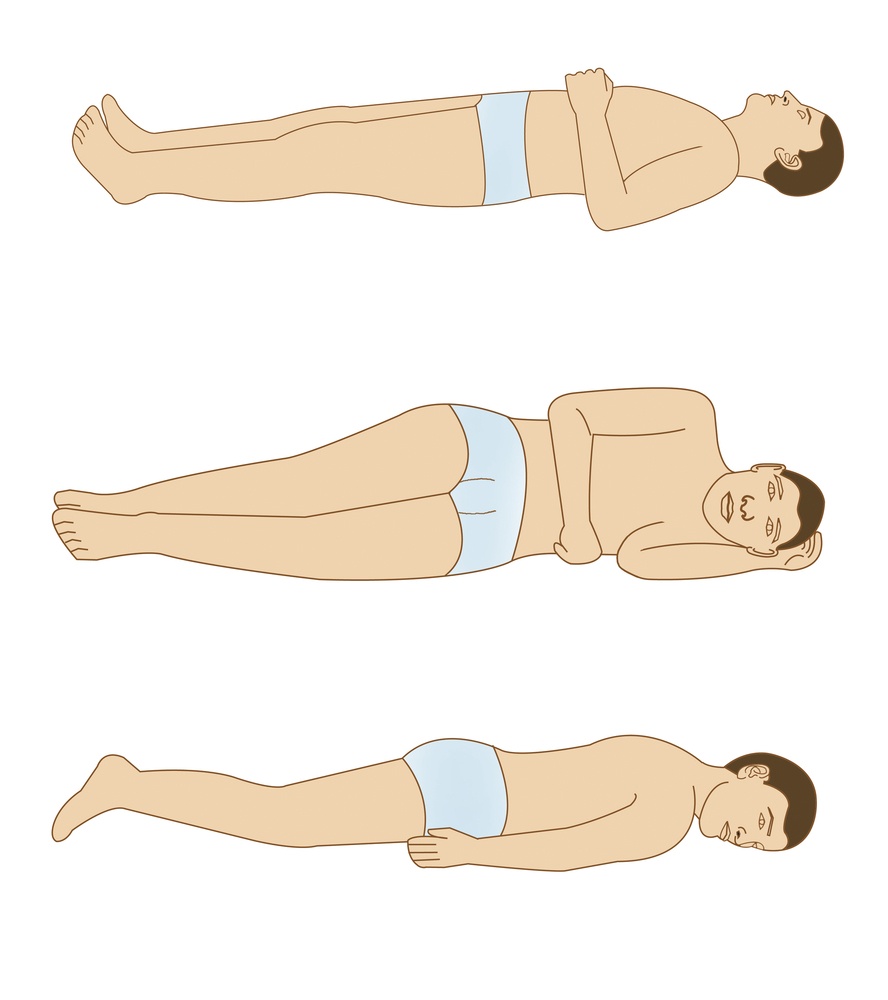We have all been there. Restless nights tossing and turning until the clock reads 3 a.m. and 4 a.m. and before you know it, the alarm is going off for another day to begin.
A lot of factors can be responsible for little sleep. One common issue outside health problems it the mattress you are laying on.
Consider the life of your mattress is by asking yourself a few questions:
- When did I purchase my mattress?
- Is it large enough for me and my partner?
- How has my body changed since buying my current mattress?
- Do I sleep better when away from my own bed?
For many, the mattress may be the last thing on their mind but think over those questions and ask yourself if you have moved to the couch for an even more restless sleep. If you answered, maybe a new mattress is in the cards.
With a yearly 3,000 hours on average of time spent laying on your mattress to sleep, you need to get it right.
Here is the good news: mattresses have trial periods. Take advantage of the hunt for a mattress by doing your homework and purchasing from a store or online that has an easy return policy. Some offer trial periods up to a year if you are not fully satisfied.
But for those who have tried the trial periods and not found the right fit, consider sleeping on the floor while you save and discover which mattress is right for you.
It sounds unconventional but humans have not been sleeping long on mattresses. Naturally, the ground was the first place for sleeping and in modern society, mattresses became mainstream.
However, there are entire cultures who sleep on the floor by choice and comfort to this day. Mind Body Green Movement is one example of encouraging floor sleeping. Our spine has a chance to realign making posture more natural. A saggy mattress or soft mattress also hugs your body in places that could be unnatural.
On the floor, your body has room to expand and creates awareness from the body to mind while sleeping.
Just as stiffness occurs while sitting too long at work in a chair, stiffness also occurs when sleeping. These awkward sleeping positions can easily occur on a mattress unsuited for your back causing muscle spasms.
Experts argue sleeping on the floor leads to a more well-rested feeling once one adjusts to floor sleeping. Relating to the feeling that your bed is a warm, soft space sleeping on the floor allows your body to understand the need to get out of bed without hitting snooze as often.
For many who experience the shock of moving from the soft, plush mattress to the floor, once your body starts to adjust to a more focused, flat surface, it will not matter once you hit the REM cycles.
One reason many try floor sleeping when frustrated with an uncomfortable mattress is the cost-savings and space they save. Rolling up the sheets, comforters, pillows, and possible thin cotton futon mattress creates more floor space in the bedroom. And without the expense of buying a mattress, you are saving thousands of dollars.
Though doctors differ on floor sleeping, Dr. Jennifer Solomon, a board-certified psychiatrist at the Hospital for Special Surgery can agree the short term effects on acute pain are beneficial. In an article from Women’s Health, Solomon shared the ease of pressure on the back when lying on a hard floor with your knees up.

How does one start a lifestyle for the short-term with floor sleeping? A few tips may help.
- Find the right place. For some, it could be staying in the same bedroom and finding a nook or corner to designate for sleeping. For others, it may be switching environments. Though sometimes switching to another room could start a whole new multitude of issues: lighting, feng shui, ambiance to name a few.
- Find the right surface. If you have a carpeted bedroom, it may provide a little cushion as you mentally prepare for sleeping on the floor. Or it may be a hardwood floor that is too much of an adjustment. You might meet yourself in the middle and purchase a nice rug.
- The pillow. Depending on your body, some may find a pillow unnatural when lying flat on a harder surface. But for some, the head and neck support provided by a pillow is needed to achieve proper alignment. Maybe on the floor you use a few pillows all the while being mindful of your environment and adjusting along the way.
- Adjust your schedule. You may find the need to ease into floor sleeping. Start with a nap on the floor for a few days or set an alarm a little earlier and move from the bed to the floor. If you are still tired, you will fall back to sleep anyways. The trick is understanding it will take time like any new habit. Allow yourself to adjust.
A sleep study may still be the best route to link sleepiness. Even for those who try a new mattress or the floor, your doctor may recognize other symptoms causing a lack of sleep. Though the type of sleep study varies by a patient’s symptoms, healthcare providers will monitor your sleep either in a lab or at your home using portable home sleep apnea testing equipment.
Completing a sleep study can also enhance your quality of life from these conditions which already is most likely taking away a full night’s rest.
If you live in Alaska and are ready to take back your sleep, contact The Alaska Sleep Clinic
@ 907-770-9104and receive a free 10-minute phone consultation with a sleep educator who can help you determine if a sleep study is right for you.












